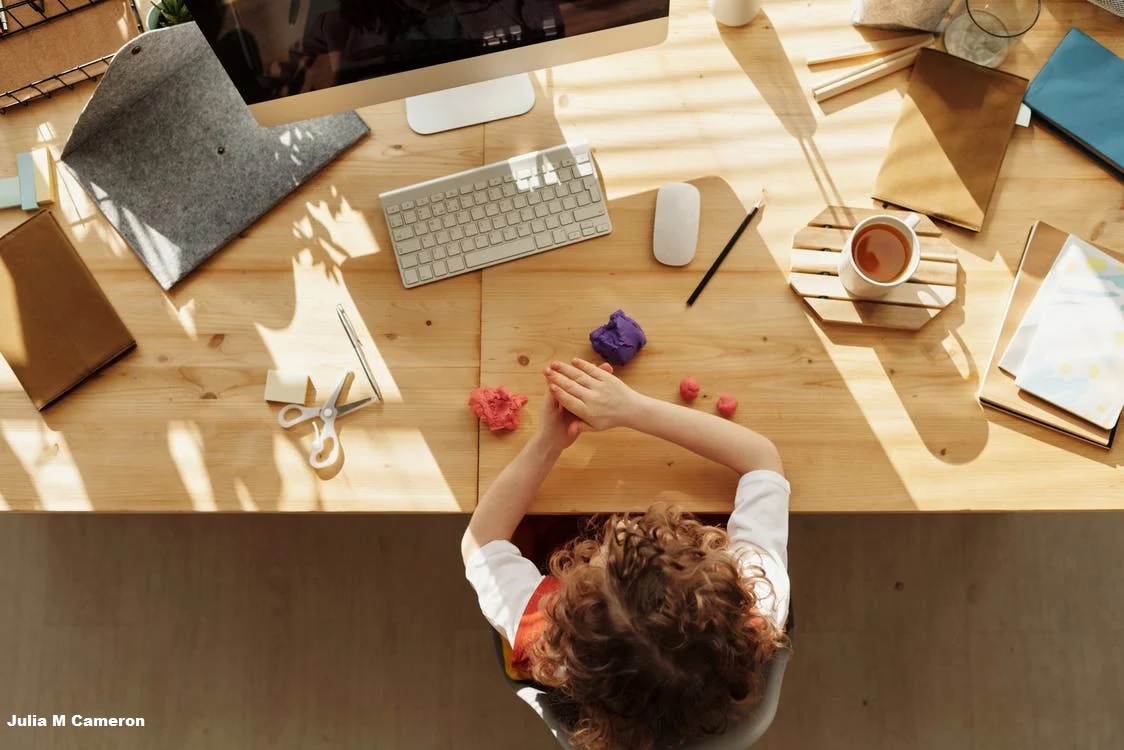Keeping the Arts in Distance Learning
A year into the COVID-19 pandemic, virtual learning has become the norm for many students. With a return to in-person learning likely being delayed until Fall 2021 for many, classes continue to center around digital communication with few opportunities for true hands-on learning.
This hasn't stopped resourceful art teachers from finding ways to keep creativity in their students' lives. Found object projects, printables, and other activities that use common household supplies have become a new norm for many, keeping the arts in distance learning to ensure kids reap its many benefits.
World Art Day
World Art Day, which takes place this April 15th, is a great time to celebrate all that arts education can do for kids. Founded by the International Association of Art, the celebration focuses on elevating the fine arts and the important work of creatives around the world. Not coincidentally, World Art Day also commemorates the birthday of artist, architect, and polymath Leonardo da Vinci.
Finding ways to engage in creative self-expression is an important part of good mental health for people of any age, but kids in particular are poised to see significant developmental benefits from their time spent learning about, creating, and participating in art across several disciplines.
The Benefits of Arts Education
More than anecdotal, the ways arts participation can impact child development have been addressed by numerous scientific studies. Visual art, theatre, dance, and music education are all associated with positive impacts, making an emphatic case for prioritizing space for arts education within distance learning curriculum.
Some noteworthy studies on the benefits of arts education include:
- For disadvantaged teens, guitar lessons resulted in self-esteem and self-efficacy improvements within four months [1]
- Time spent in dance education has been linked with boosts to abstract and creative thought [2]
- Storytelling through acting in academic settings has been observed to encourage imagination, creativity, and self-expression in young children [3]
To learn more about the evidence-based developmental benefits of arts ed, check out this informative visualization from We The Parents.
Search Internet4Classrooms

Custom Search








